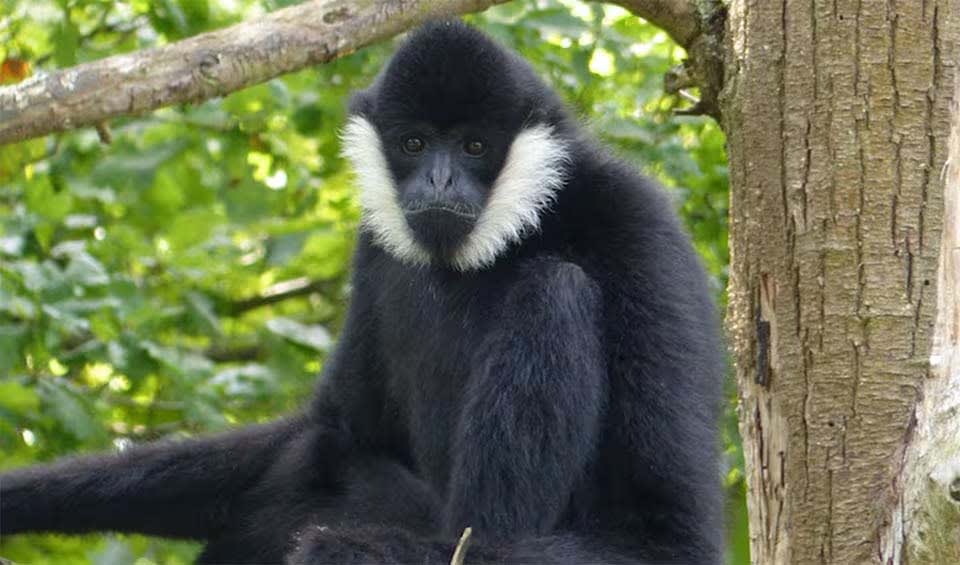Nomascus
All members are either Endangered or Critically endangered, including the world’s rarest ape
These arboreal primates, which were once grouped under the genus Hylobates as the single species Hylobates concolor, have been reclassified to acknowledge the diversity within this group. Today, the genus Nomascus includes seven recognized species that inhabit the lush forests of Southeast Asia, ranging from southern China to southern Vietnam, including the island of Hainan. This geographical distribution underscores the adaptability of these primates to various forest ecosystems within the region.
Nomascus species display remarkable physical diversity, with variations in coloration and markings that differentiate them from other gibbons. While some species boast entirely black fur, others are distinguished by unique light-colored cheek patches or a light base color complemented by a distinct black tuft of crown fur. A notable feature of all Nomascus species is the absence of a visible external tail, a common characteristic among gibbons that underscores their evolutionary adaptations to an arboreal lifestyle.
Vocalizations play a critical role in the life of Nomascus gibbons, serving as a means of communication, mate attraction, and territorial defense. Their songs are complex and melodious, often performed in duets between mated pairs, reinforcing pair bonds and deterring rival groups. These vocal displays are among the most sophisticated in the animal kingdom, highlighting the advanced social and cognitive abilities of these primates.
Nomascus gibbons primarily sustain themselves on a diet of fruits, supplemented by buds, flowers, leaves, and, on occasion, insects and small animals. This varied diet reflects their role as important seed dispersers within their forest habitats, contributing to the biodiversity and health of their ecosystems. Their foraging behavior, characterized by agility and precision as they move through the canopy, demonstrates their adaptation to the challenges of acquiring food in the forest environment.
Species in this genus
Black crested gibbon
Known for being fantastic climbers and jumpers, swinging through the trees with amazing speed and grace
Hainan black-crested gibbon
The population range used to cover half of China in the 17th century; currently, under grave threat of extinction
Yellow-cheeked gibbon
Known for their incredible agility and speed in the treetops, which has earned them the nickname “forest acrobats”




